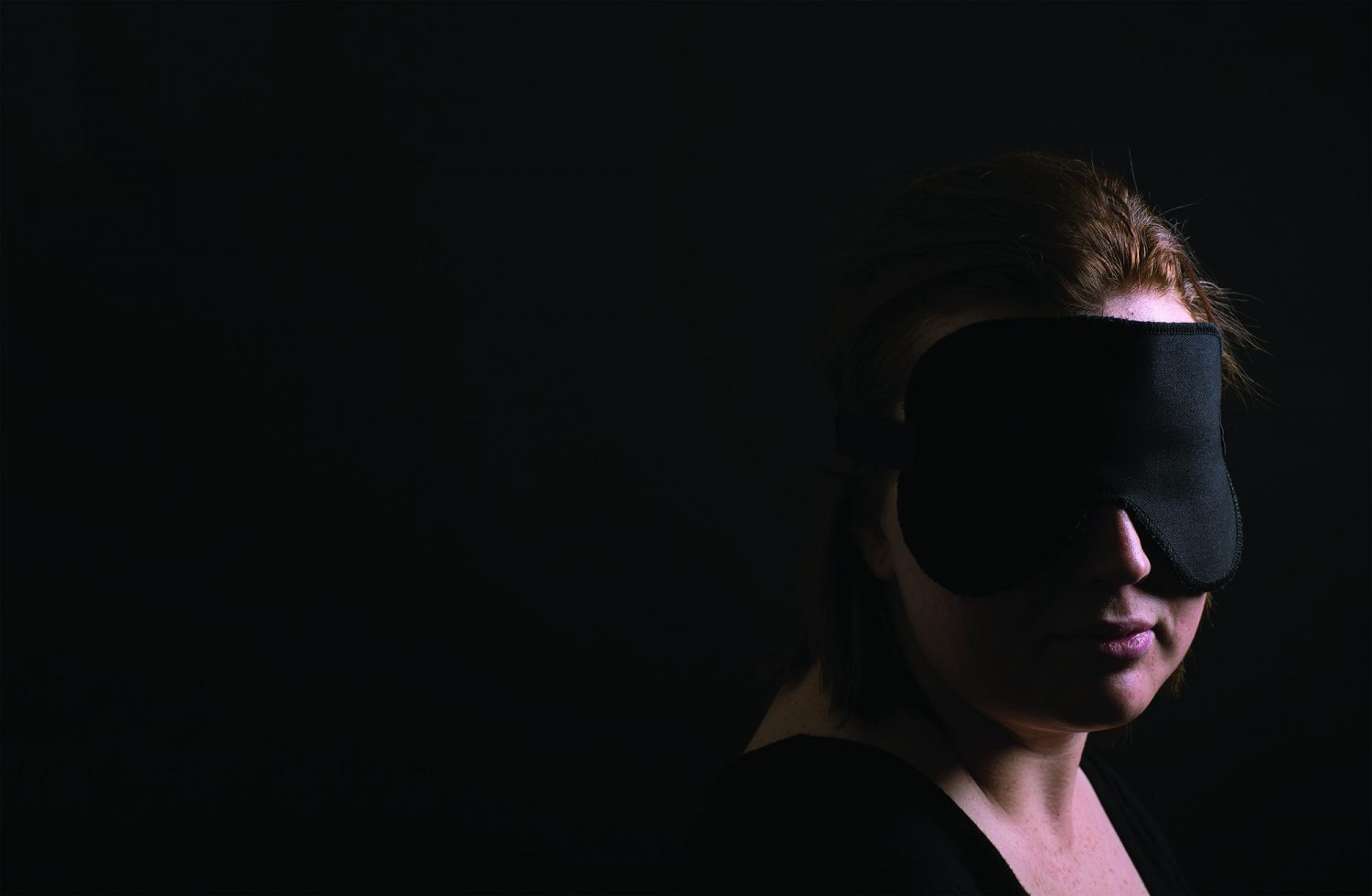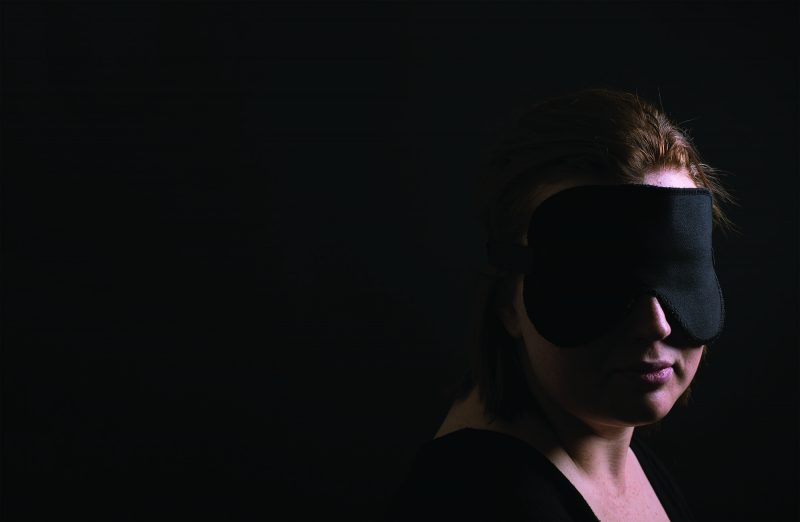Laurier student joins Ontario’s first blind soccer team

Features Editor Mitchell Consky speaks with blind soccer athlete Hillary Scanlon about her love for the game.

When second-year global studies student, Hillary Scanlon, was diagnosed with Nystagmus, a rare condition that involves involuntary and rapid movements of the eyes that complicates her vision, the first thing she wondered about was soccer.
“In January, things started to deteriorate. I’m still not completely confident on why that is. I’ve always had visual impairment — I don’t have a retina in my right eye. I’ve always adapted and played sports,” Sanlon explained.
“When I got registered with the CNIB (Canadian National Institute for the the Blind) in February of this year, that day, the first thing I was thinking to myself was, “well, what about soccer?” “What am I going to do about soccer?” So I spent the whole night researching if there was a way to play soccer with visual impairment.”
Scanlon played soccer since she was four-years-old and has always had a burning passion for the game. She was recently a driving force in sighted intramural soccer over the summer, but it wasn’t until her reduced vision started interfering that she had to come to terms with an unfortunate truth: soccer was too difficult to play with her condition.
Until now, there wasn’t another way for those with visual impairments to play soccer in Ontario.
At the 2015 Pan Am Games in Toronto, Canada participated in every sport except for one: blind soccer — soccer for the visually impaired.
The sport is open to athletes from different ranges of visual disability and requires much training and support to breed success. Wondering how it works?
It’s a sport entirely dependent on echolocation. In other words, the players’ audio reception is the primary sense required to play.
The specially designed ball is equipped with a bell, sounding like a baby rattle, so players can listen to the direction of the game and coaches along the sidelines are expected to further instruct where the action is. Because there’s many levels of visual impairment, each player is blindfolded throughout the game. This throws every player within the same blacked-out perspective as soon as the whistle is blown.
This year, Scanlon will be playing on Ontario’s first blind soccer team, part of the Kitchener Soccer Club, with hopes of eventually participating in the Paralympics.
“It’s actually a great sport for anyone to play, sighted, not sighted, visually impaired, because it taps into so many different senses that regular soccer doesn’t,” Scanlon said.
“It’s definitely an opportunity that I didn’t think I would have.”
The team is still in it’s early stages of development and is looking for more legally blind players to jump on board, but the game is encouraged to be played by anyone.
“Blind soccer is a way for anybody to play the game of soccer,” said John Fearnall, a volunteer coach with the Kitchener Soccer Club who has had up to twenty years of experience coaching sports for players with special needs.
Goalies are permitted to shout out prompts when the ball is in their zone, but this is done minimally to avoid disclosing positioning to the offensive players.
“LEFT! RIGHT! FORWARD! BACK!” These are the common shouts echoed throughout the game.
“We’re looking for more visually impaired players along with two sighted goalies,” Fearnall explained.
The team is welcoming members from different ages and many levels of previous soccer experience.
However, for players like Scanlon that are used to playing the sport sighted, it’s important to gain a feel for the field.
At the start of each practice, players are led throughout the dimensions of the turf with blindfolding masks on — this allows them to develop an internal understanding on the distancing of lines, where the opposing zone is and how much space there is before each net.
Practices also entail passing around and interpreting the positioning of their teammates based on the coaching staff’s instructions.
For Scanlon, the sport can be considered a beat of hope.
“It means a lot to me because I didn’t have to give it up.”
Scanlon is also a member of the Wilfrid Laurier University club Eye to Eye, which focuses on education and resources for visual impairment. With them, Scanlon will be conducting a Blind Soccer tournament on November 19.
“It’s just an opportunity to get people out for an event for Eye to Eye,” said Scanlon.
“It will be educational, breaking the stigma for why people are visually impaired and why there’s adapted sports. It’s going to be fun for everyone.”
“What I really love about the game is that it’s so global and it’s so accommodating. Anybody could play it. There’s always a way to play it. There’s always a place to play it. There’s always something you could do.”
For now, Scanlon will continue playing the sport she loves, with the end goal of playing on Ontario’s first blind soccer paralympic team not far out of reach.

